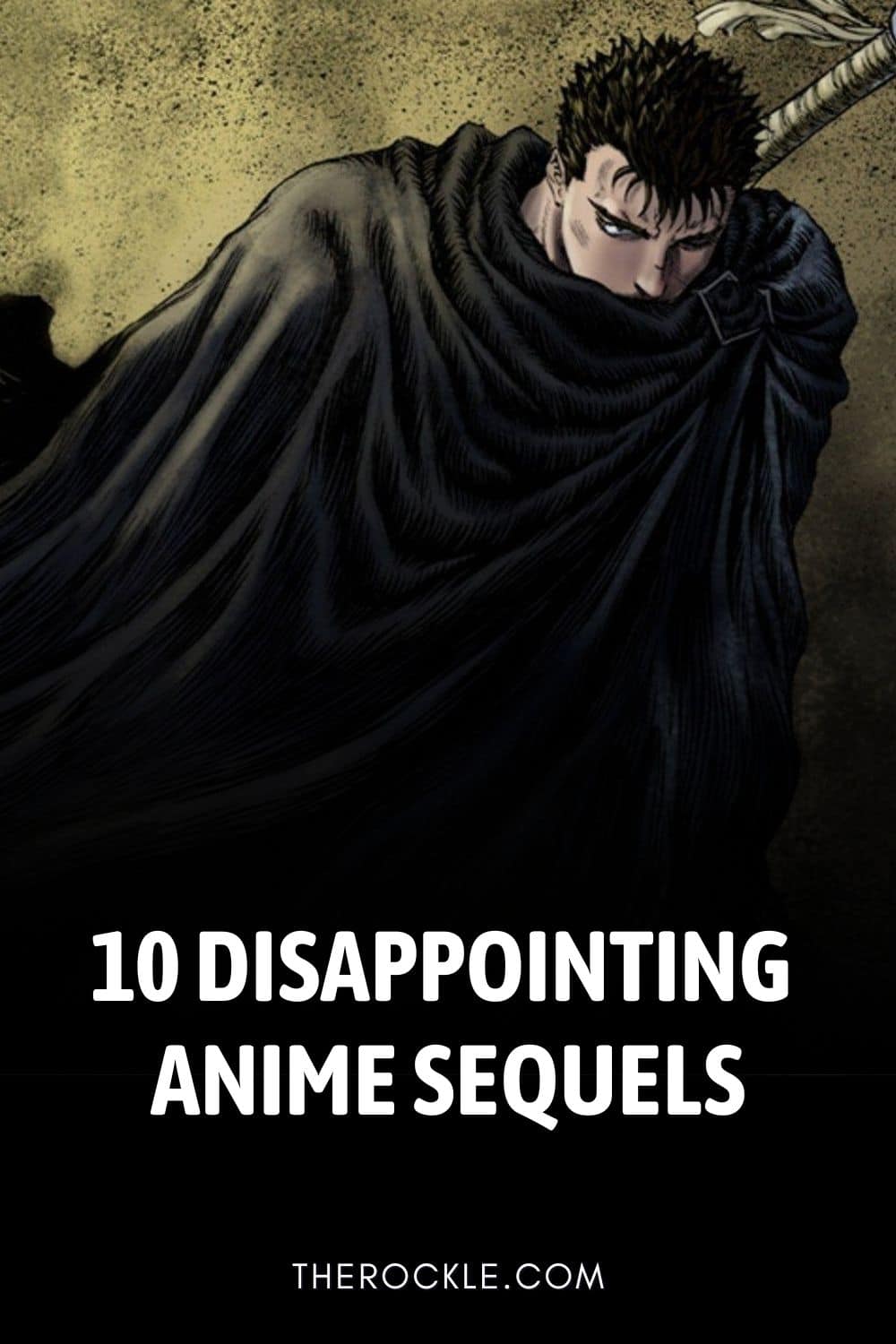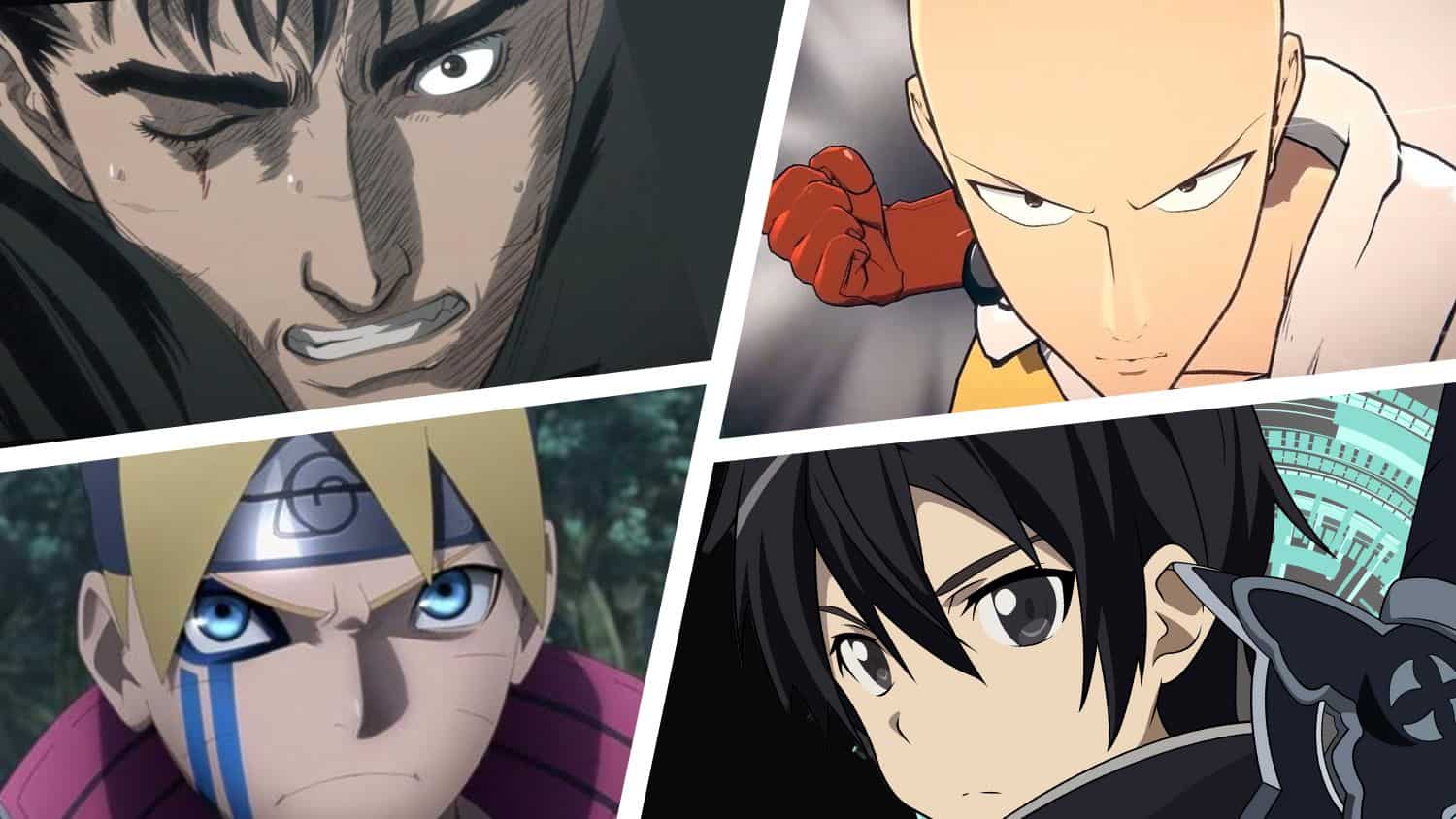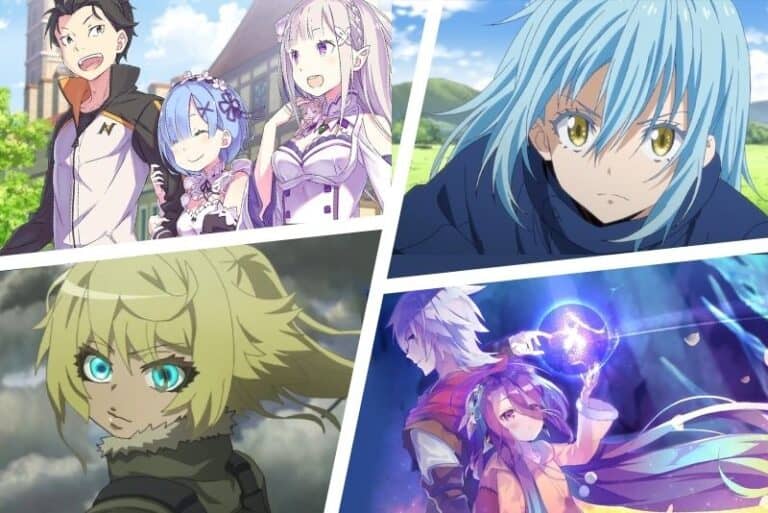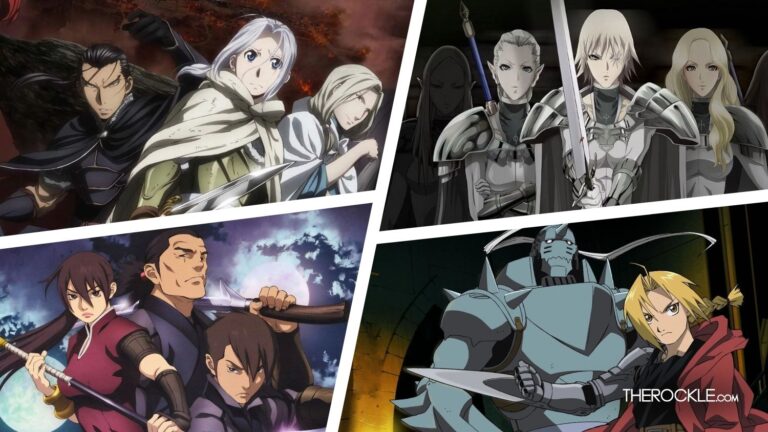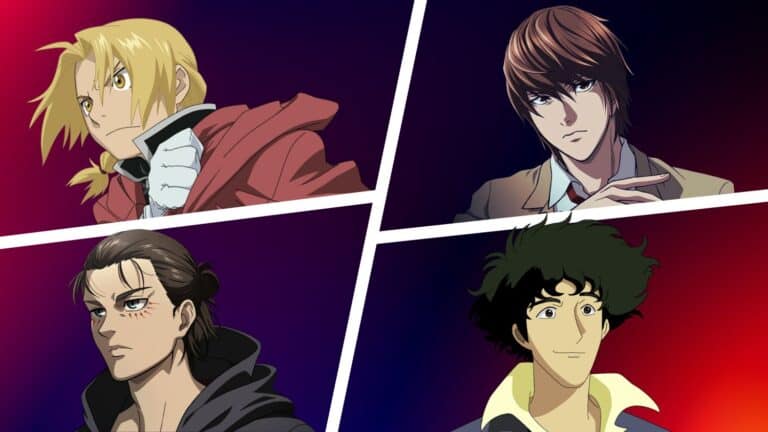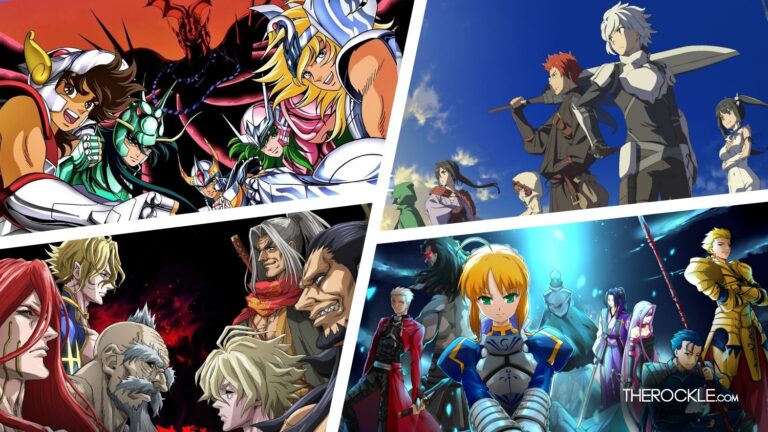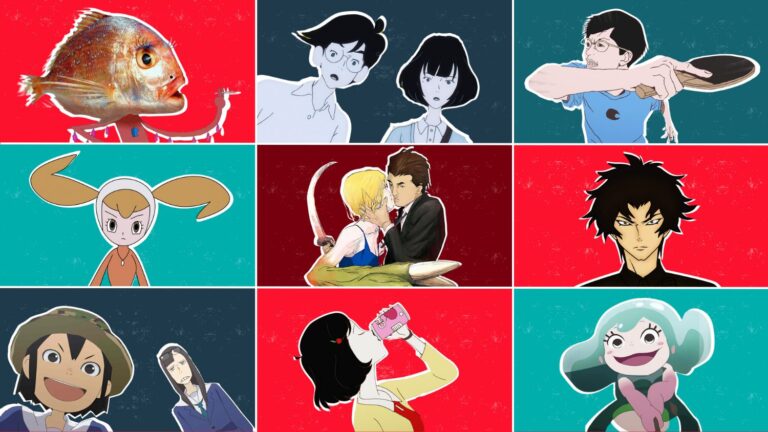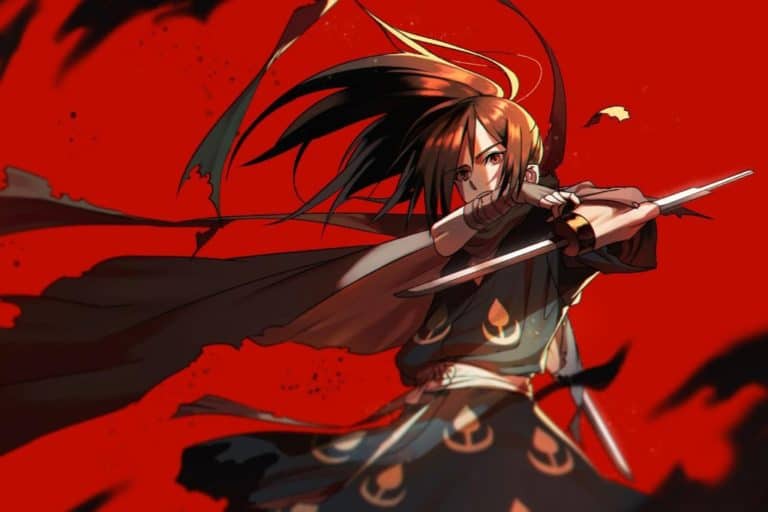When Anime Sequels Miss the Mark: 10 Disappointing Follow-Ups
Sequels. The double-edged swords of the anime world. We dive in, driven by our love for the original, hoping for another thrill ride. But sometimes, instead of being swept off our feet, we end up scratching our heads. Why mess with a tried-and-true recipe, right? From muddled plots to left-field character arcs, let’s take a look at the highs and lows of ten anime sequels that made us go, “Really?”.
1. Berserk revival
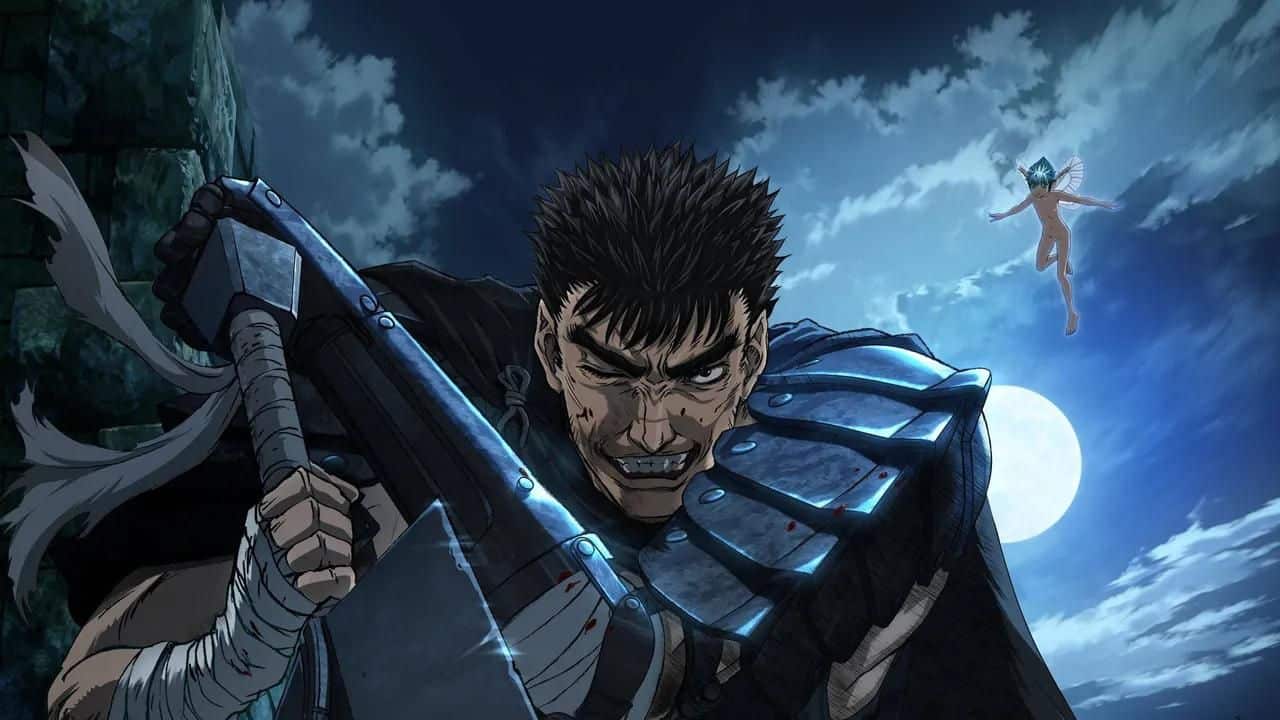
What made 1997 Berserk great?
Thanks to Kentaro Miura’s genius and Naohito Takahashi’s vision, we got ourselves a gritty seinen tale that stuck. Studio OLM, even on a shoestring budget, delivered a 90s anime classic with a beating heart. Sure, the graphics were rough, but the characters—Guts, Griffith, Casca—dragged us through hell and high water and we wouldn’t have it any other way. Topped with Hirasawa’s spine-tingling melodies, this murky fantasy was a keeper.
What went wrong with Berserk (2016)?
Fast-forward to 2016, Berserk’s sequel came out all CGI-ed up, turning our masterpiece into a plastic trinket. Animation studios Gemba and Millepensee and director Shin Itagaki fumbled, and Berserk’s dark essence got lost in translation. Also, cramming an expansive saga into twelve episodes? It was an ambitious gamble that just didn’t pay off. A swing and a miss, Berserk 2016—you sure let the team down.
2. One Punch Man Season 2
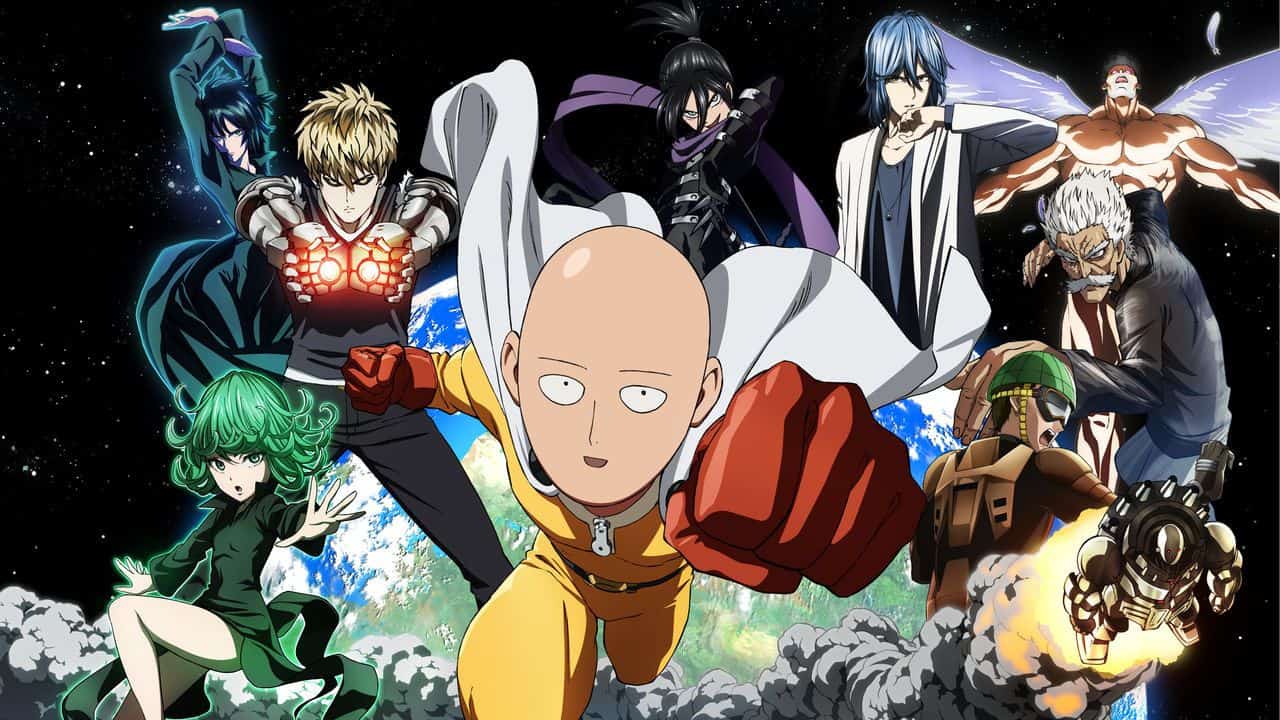
What made Season 1 great?
One Punch Man Season 1, remember that gem? Webcomic wiz, ONE, got us good with that mix of punches and puns. Madhouse Studio, under Shingo Natsume’s slick direction, served it up, and did we bite, hook, line, and sinker! Saitama—bald, bored, and overpowered—ripped through conventions, leaving us in stitches and our jaws on the floor. Eye-candy animation, fantastic comedy, and a fresh take on Shounen anime—it was a home run!
What went wrong with Season 2?
But then season 2 happened, and it was like someone deflated our beloved balloon. With Shingo Natsume out and Chikara Sakurai in, and a studio swap to J.C.Staff, the series seemed to lose its mojo. That top-tier animation? Downgraded. The comedy timing? Off-beat. The plot got crowded with side characters, the charm seemed diluted, and the pacing was just completely off. A real gut punch for us OG season fans.
3. Boruto: Naruto Next Generations
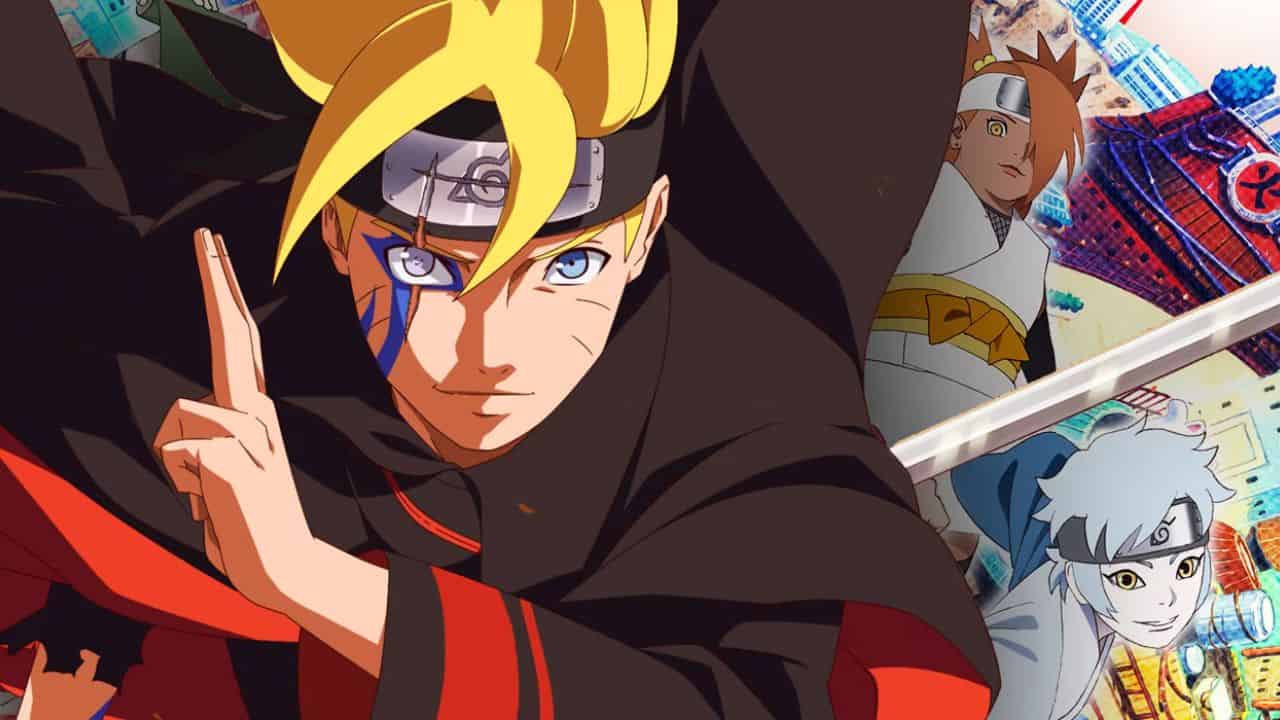
What made Naruto great?
Naruto—you can’t mention this ninjutsu bonanza without a sigh of nostalgia. Thanks to Studio Pierrot and Hayato Date, we got a Shounen grand slam, a whirlwind of action, friendship, and shinobi-themed life lessons. Sure, it had its blemishes—the droning fillers, flashbacks on repeat, Sasuke’s perpetual mopes—but hey, it’s part of the experience. Naruto wasn’t just an anime—it was a rite of passage for an entire generation
What went wrong with Boruto?
Then along came Boruto, Naruto’s son and the torchbearer of his legacy. Or was he? Even with Studio Pierrot and Noriyuki Abe’s touch, Boruto felt, well, different. Like Naruto’s heart-on-his-sleeve spirit got muddled in the new-gen shinobi soap opera. The sequel was watered down, leaving us with the question: Where did our earth-shattering battles and goosebump-inducing story arcs go?
4. Dragon Ball GT
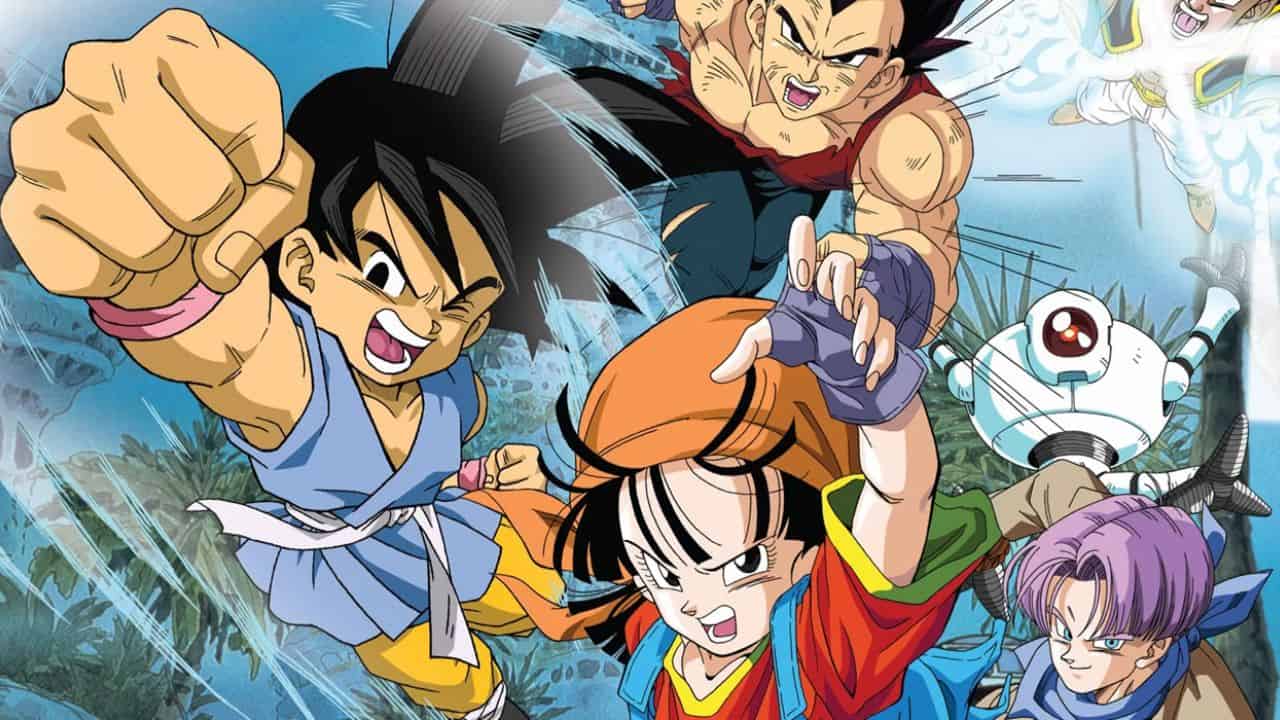
What made Dragon Ball Z great?
So what if it paced slower than a snail on a treadmill? DBZ was still a powerhouse of spirit bomb-tossing and muscle-bulging glory. For many of us, Dragon Ball Z was our first exposure to anime, and we relished the screaming, transforming, and replay-worthy face-offs. But it wasn’t all power-ups and eye-candy battles (cool as they were!). It was about guts, camaraderie, and sticking it out in tight spots. Pure, adrenaline-fueled, Saiyan-charged joy!
What went wrong with Dragon Ball GT?
Then came Dragon Ball GT, and oh boy, did it feel like a change in direction. Akira Toriyama took a step back, and the series swerved back to its adventure roots, but it felt disjointed. Art and animation? Less zing. The new director, Osamu Kasai, hustled but couldn’t capture the same lightning in a bottle. Our favorite characters seemed to lose some of their glitter. And Goku back as a kid? Not exactly the progression we were hoping for.
5. Sword Art Online II
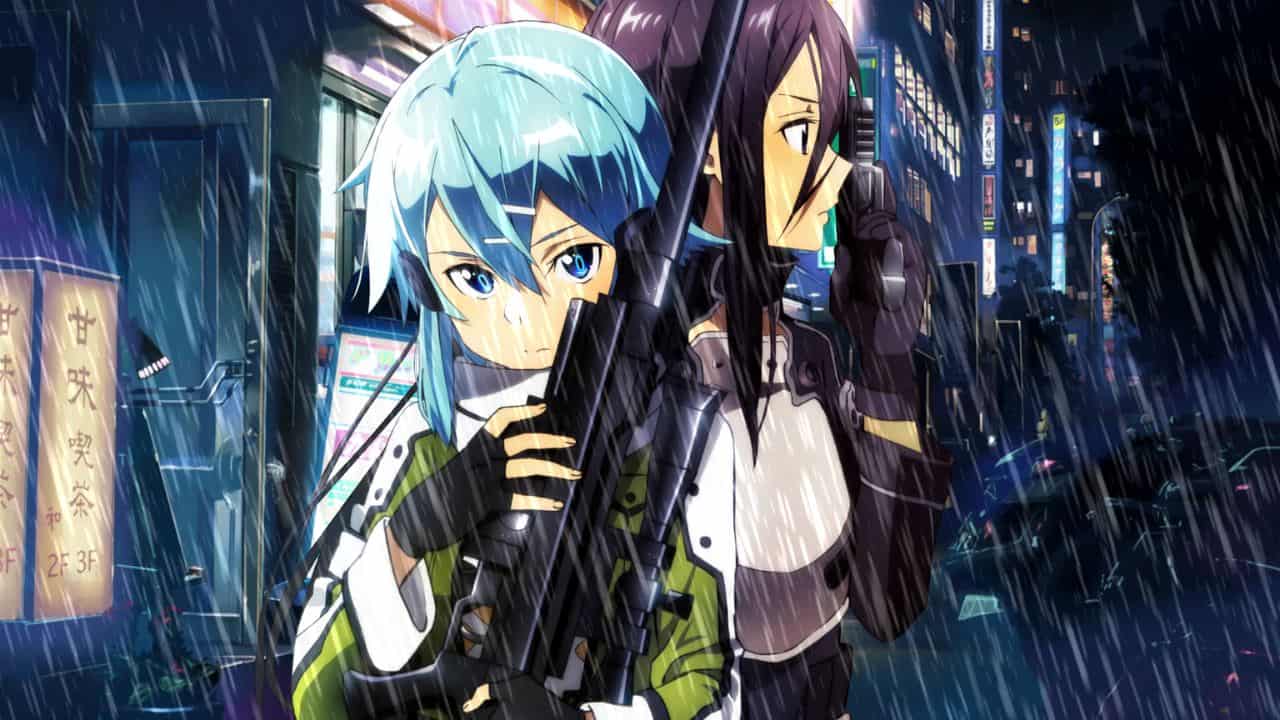
What made SAO great?
Remember the first time we plunged into Aincrad? Pure adrenaline, right? Tomohiko Ito and A-1 Pictures pulled us into an MMORPG world where “game over” actually meant “life over”. Kirito, Asuna, those high-stakes duels and challenges—that was some serious binge-worthy material! And the drama and romance? Phew, talk about getting emotionally invested. An Isekai guilty pleasure, flaws and all!
What went wrong with SAO II?
Fast forward to SAO II. So, we’re gun-slinging now in Gun Gale Online, huh? Okay, change can be cool, but this was… unexpected. Sinon’s a dynamite character, no doubt. But remember the rush of those sword battles? The camaraderie? Yeah, some of that got lost in the data transfer. It felt like SAO had a software update, but some features didn’t sync well. And the plot? Needed a bit of debugging. It was SAO, but maybe it needed a patch or two.
6. Psycho-Pass 2
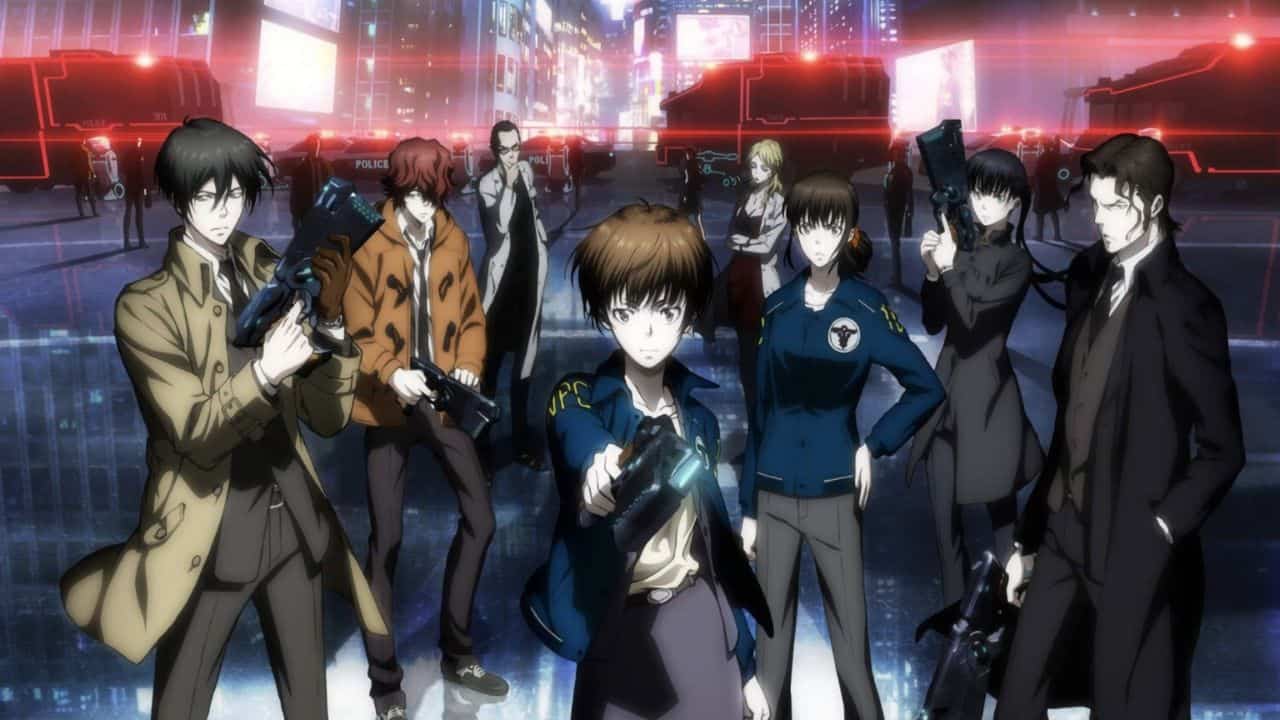
What made Psycho-Pass great?
Stepping into the world of Psycho-Pass for the first time? Absolute chills! Naoyoshi Shiotani, paired with Production I.G., brought us that cyberpunk gold. Kogami, Tsunemori, and the ever-looming Sibyl System—it was a mix of suspense, philosophy, and sci-fi goodness. It wasn’t just about crime prediction; it was a deep dive into our very notions of right and wrong. Electric, profound, and oozing style—that was Psycho-Pass in its prime.
What went wrong with Psycho-Pass 2?
Then, bam! Psycho-Pass 2. Now, with Tow Ubukata juggling the narrative, things got a tad bumpy. The story went for gasps more than those “aha!” moments. The philosophical zingers we craved? Somewhat overshadowed by twists that felt more shock than substance. And our OG cast? They were there, but their journeys seemed to zigzag a bit. It wasn’t a total miss, but it wasn’t the bullseye we were hoping for.
7. Tokyo Ghoul √A (Season 2)
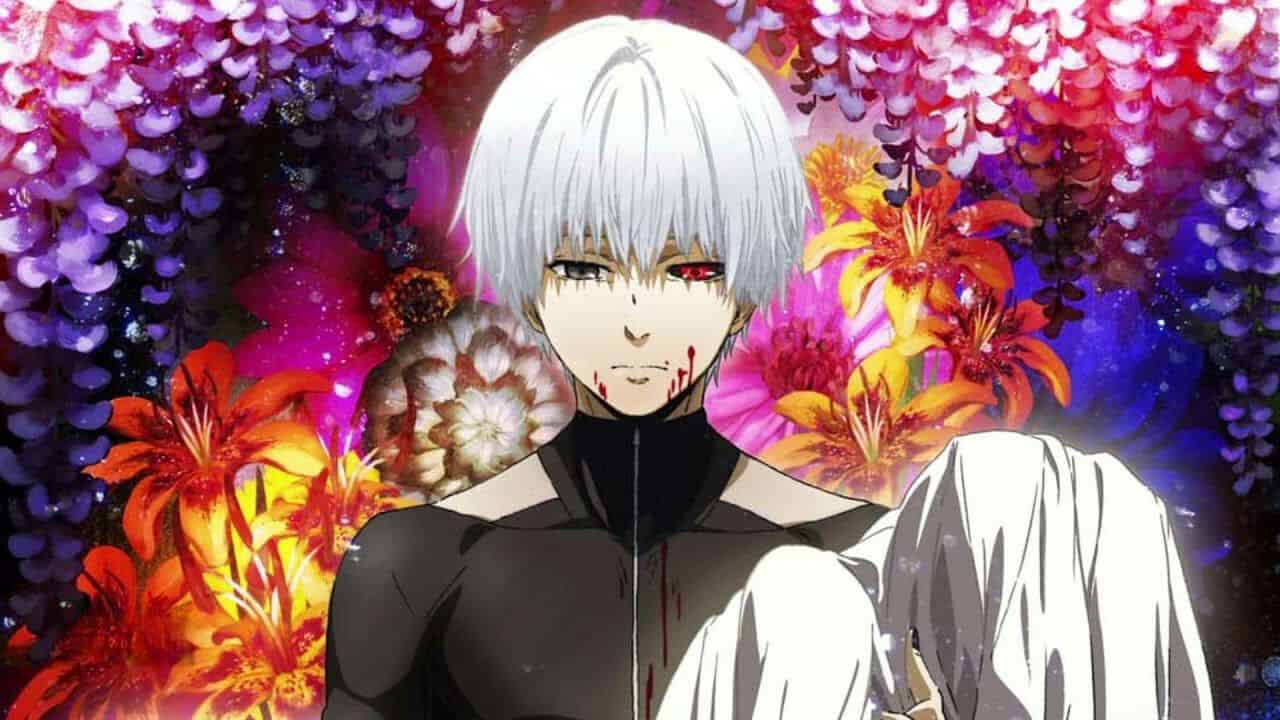
What made Tokyo Ghoul great?
Flashback to that first season of Tokyo Ghoul, yeah? Ken Kaneki’s metamorphosis into a half-ghoul? Intense doesn’t even cover it. Studio Pierrot teamed up with director Shuhei Morita to drop us smack dab in the middle of Tokyo’s eerie underworld, where ghouls and humans played a deadly game of cat and mouse. The psychological depth, the moral dilemmas, the bloody brawls—it was a dark and delightful horror anime ride!
What went wrong with Tokyo Ghoul √A?
The stage was all set for an encore, but… did someone change the script? The Kaneki we knew took a detour, and many beloved arcs from the manga got shuffled around. And the pacing? Let’s just say it felt like we were on a different track. There was potential, sure, with some solid emotional punches, but the connective tissue? It seemed a bit stretched thin. We were ready to rave, but Tokyo Ghoul √A felt like it missed a few beats.
8. The Promised Neverland Season 2
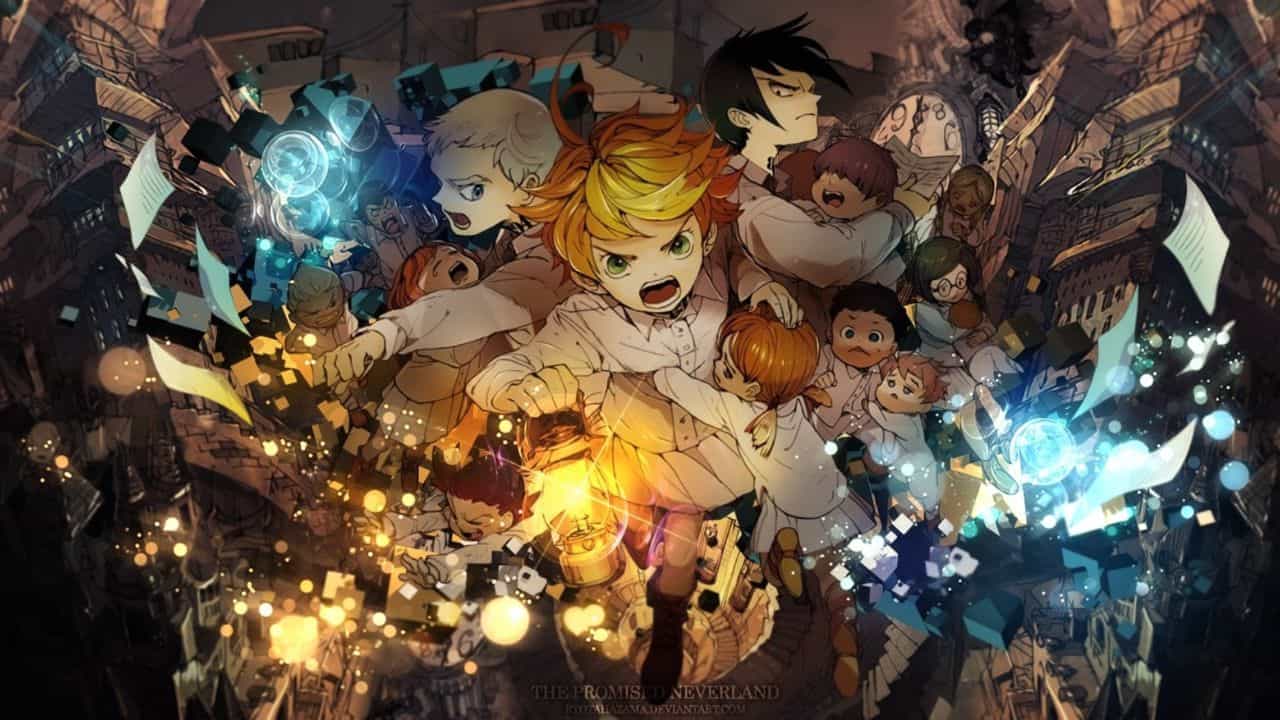
What made Season 1 great?
Between the heart-racing escape plans and the mind games, The Promised Neverland felt like we were navigating a thrilling game of chess—with life-or-death stakes! Mama Isabella’s eerie presence, Ray’s intellect, Emma’s boundless optimism, and Norman’s strategy? That was storytelling gold. CloverWorks Studio brought us an anime that wasn’t just dark, it was engrossing. Those cliffhangers? You better believe we were counting down the minutes to the next episode!
What went wrong with Season 2?
But then, Season 2 rocked up. Wait, were we watching a speedrun? The depth, the suspense, and the rich plot layers we loved in the first season? It’s like they were sent to the farm. Suddenly, arcs that could’ve spanned episodes felt crammed. Characters and world-building seemed glossed over. While the animation quality held up, the storytelling—well, it left us with that I’ve-been-robbed feeling.
9. The Seven Deadly Sins Season 3
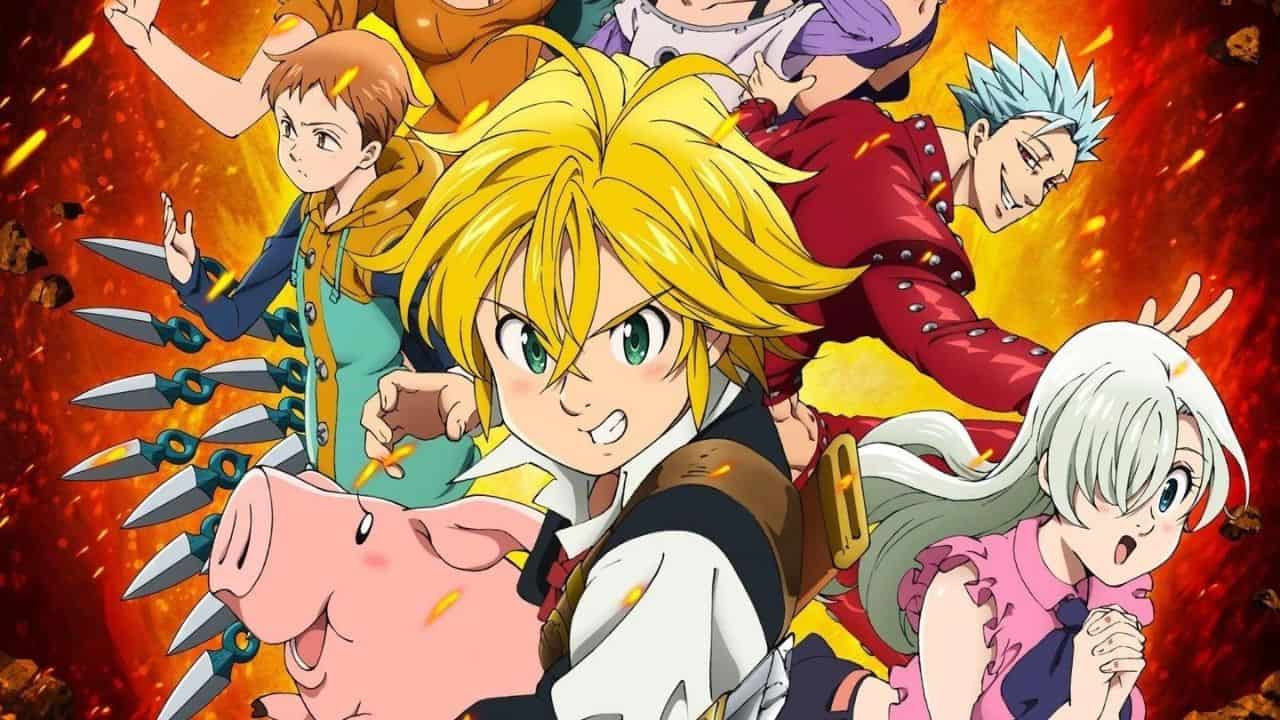
What made the first two seasons great?
The first two seasons of The Seven Deadly Sins weren’t exactly Shakespearean theater, but they were still fun. A-1 Pictures and Tensai Okamura gave us a whimsical blend of knights, magic, and—yes—a pig in a hat. Shounen goodness? Check. Corny humor? Double check. While there were hiccups in the animation and Meliodas’ ‘friendly’ tendencies raised eyebrows, it still had that weekend binge appeal—the kind you’d laugh about, shrug, and then ask, “Next episode?”
What went wrong with Season 3?
In Season 3, Studio Deen took over, and our characters, once crisply animated, now looked like rough drafts from a rushed artist’s sketchbook. And who can forget the infamous fight between Escanor and Meliodas? More PowerPoint slideshow, less epic showdown! And was it just me, or did some of those emotional beats land with the subtlety of a sledgehammer? We wanted decent storytelling, not caricatured drama! A disappointing third act, indeed.
10. Black Butler II
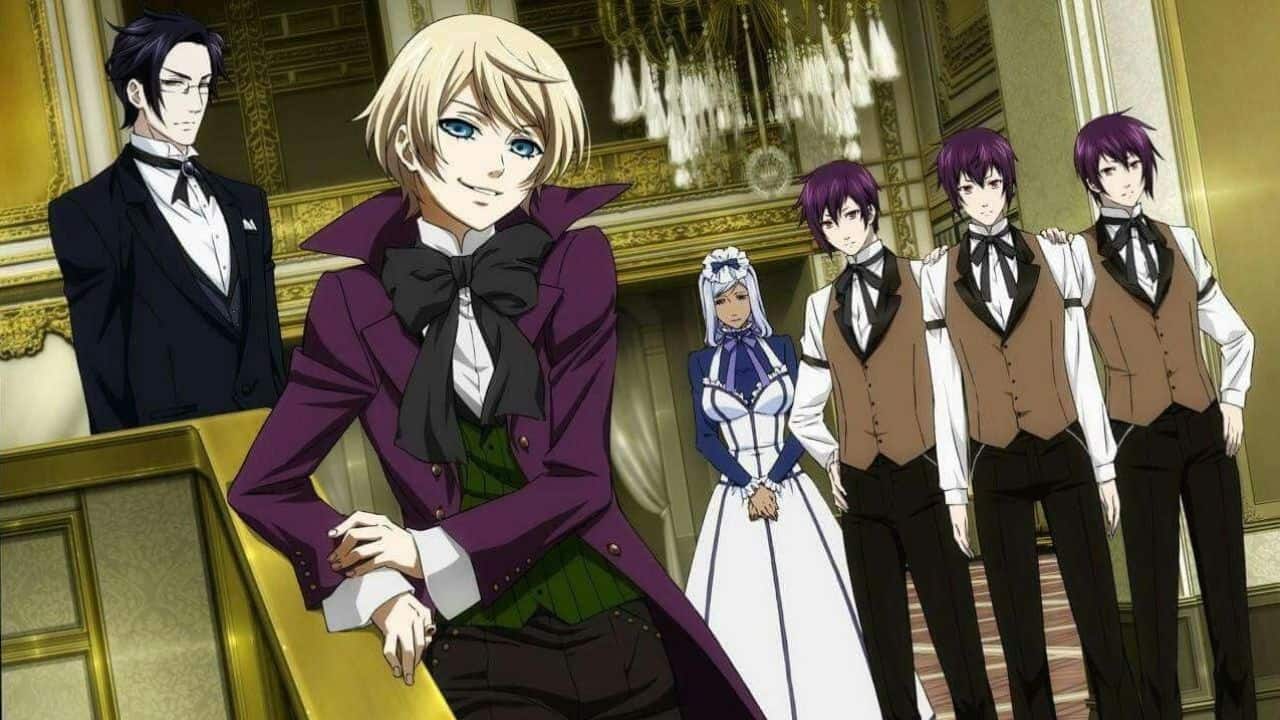
Aniplex of America
What made Black Butler great?
Director Toshiya Shinohara and A-1 Pictures gave Yana Toboso’s gothic manga the mystery anime treatment, and it struck gold! Young earl Ciel and demon butler Sebastian? Name a more iconic duo, I’ll wait! Their snarky, deal-with-the-devil dynamic kept us intrigued. With its delicious blend of dark fantasy, humor, and Victorian-era charm, Black Butler had us sipping tea and savoring every episode.
What went wrong with Black Butler II?
Then, cue the dramatic music—Black Butler II made its entrance. Wait, who invited these guys? Alois and Claude? While their stories had potential, the audacity to sideline our OG duo for these newcomers was… baffling! Sure, A-1 Pictures and director Hirofumi Ogura tried to keep the gothic allure alive, but the soul? It got lost in the shuffle, along with the story that wasn’t based on Toboso’s manga. Sebastian and Ciel deserved better, didn’t they?
Agree with our list of bad anime sequels? Share or pin it for later! You can also stay in the loop and follow us on Facebook and Pinterest.
